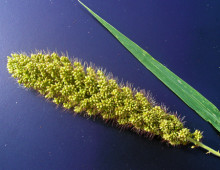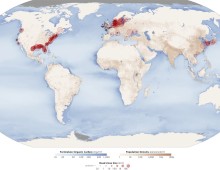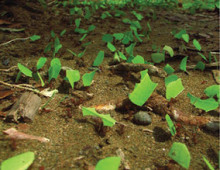From Life at the Extremes to Editing Genomes
Jennifer Doudna and Emmanuelle Charpentier were recognized for their work on CRISPR-Cas9, technology described by the Nobel Foundation as having “a revolutionary impact on the life sciences.” For the past few years, Doudna’s lab has partnered with JGI’s Microbiome Data Science group led by Nikos Kyrpides, mining the IMG/M system for novel Cas genes and CRISPR systems. [Read More]








